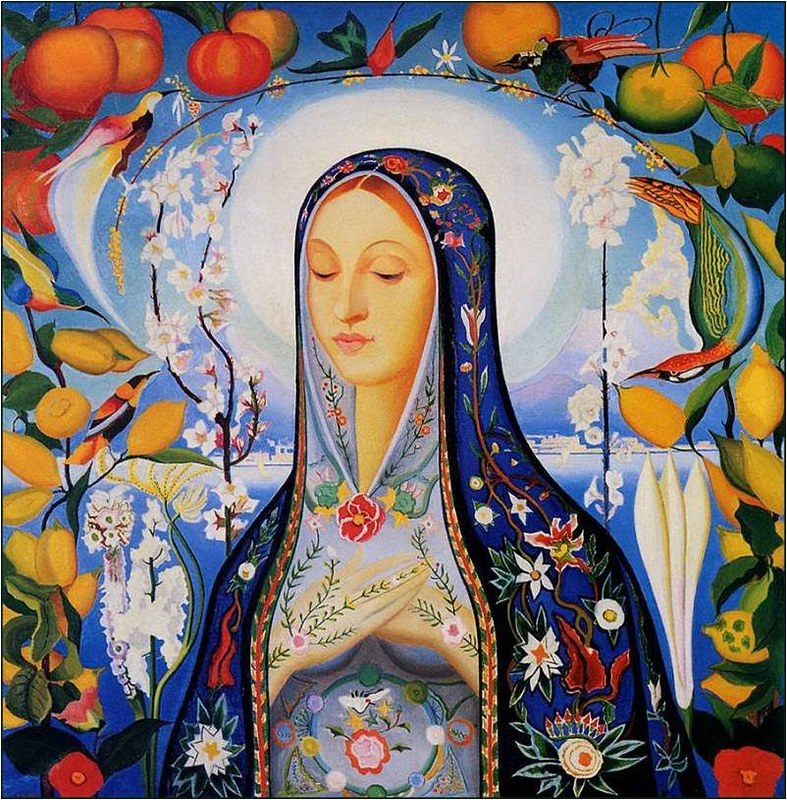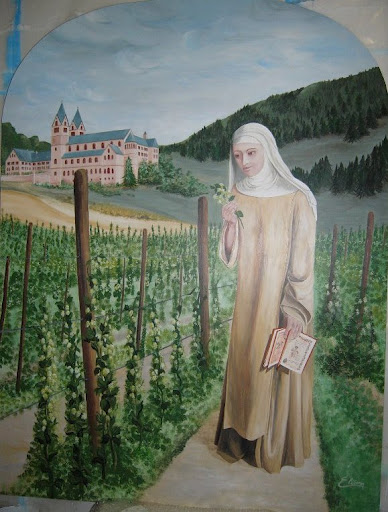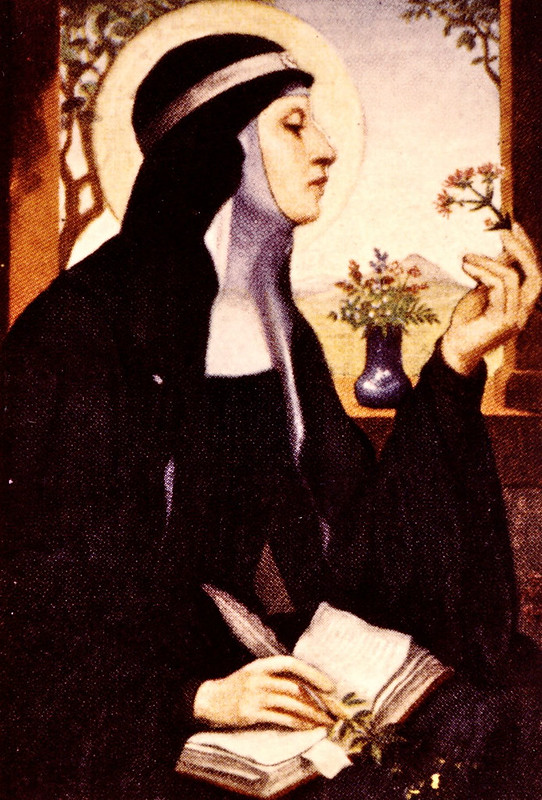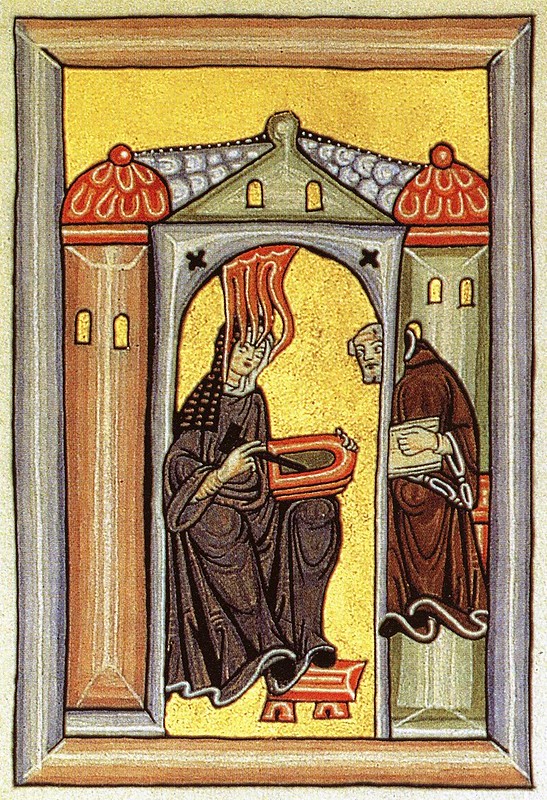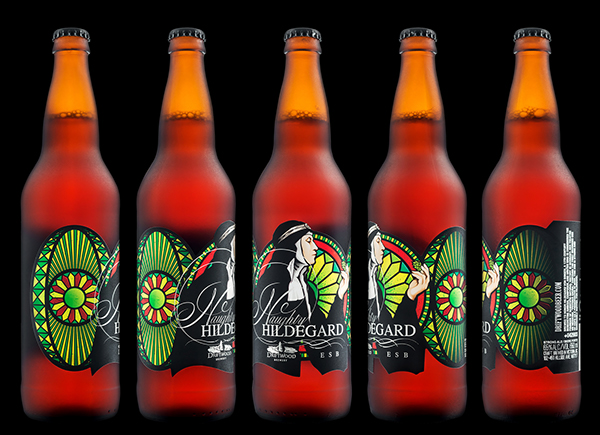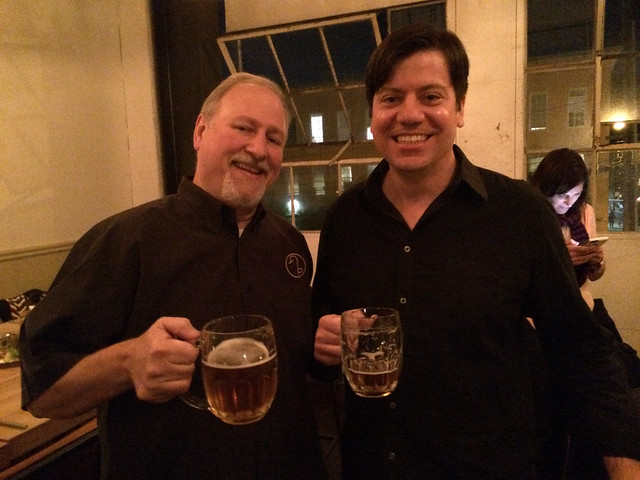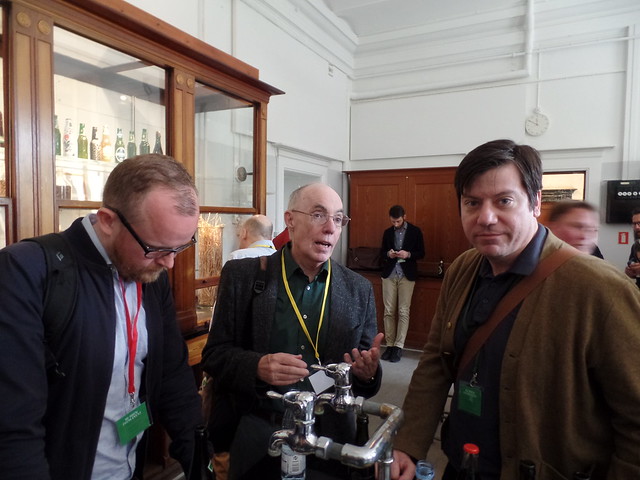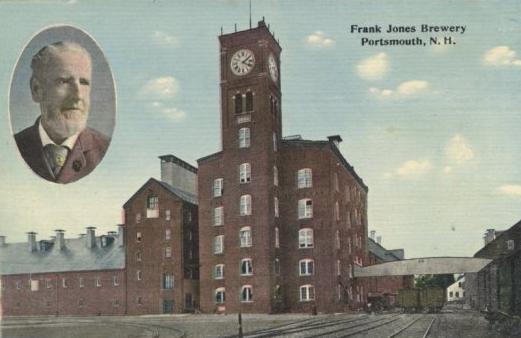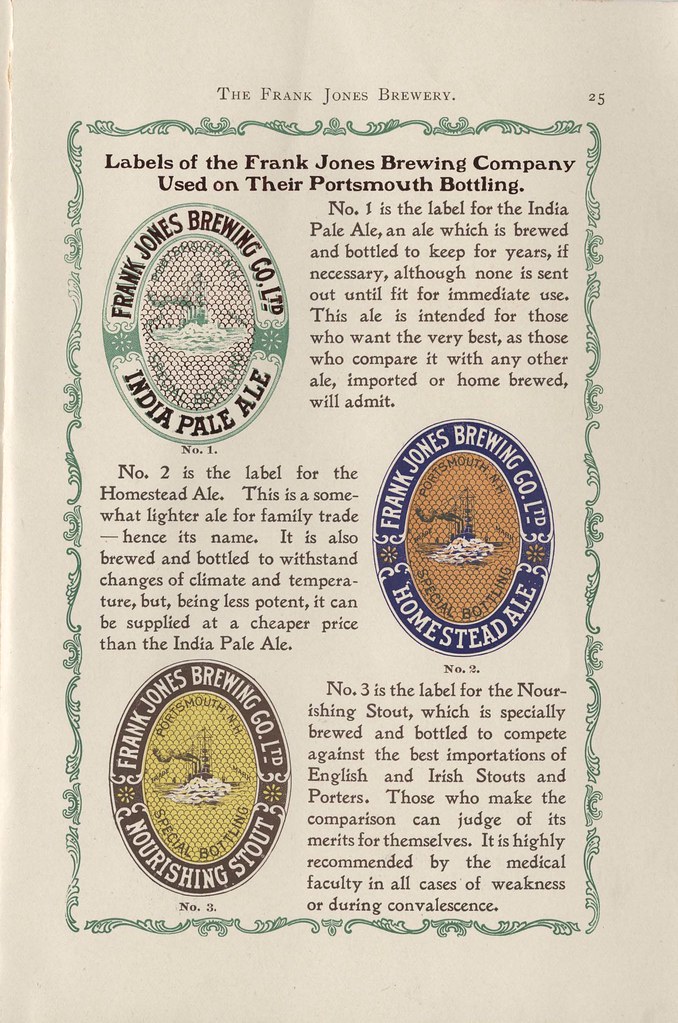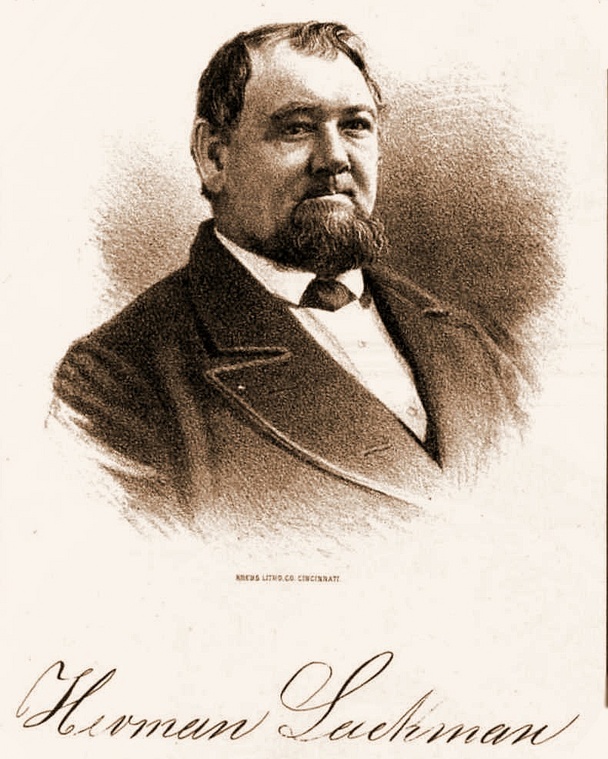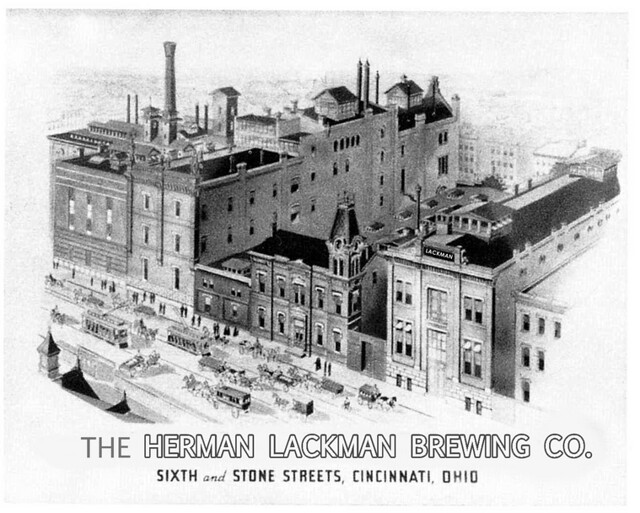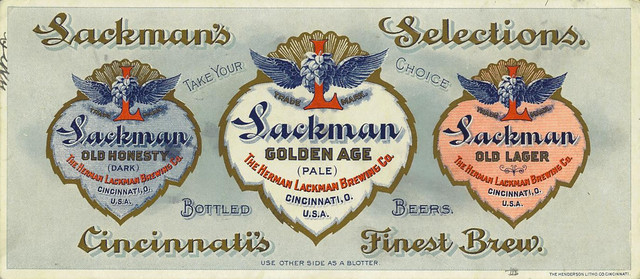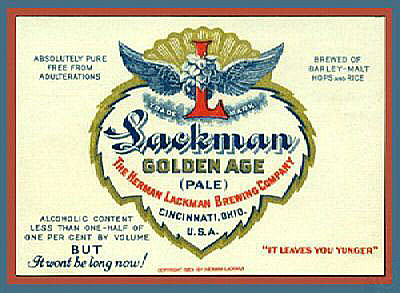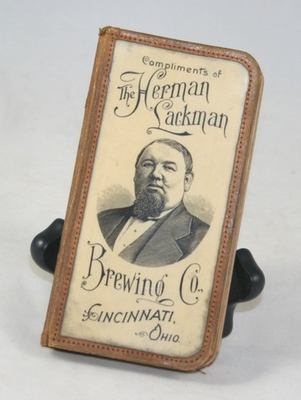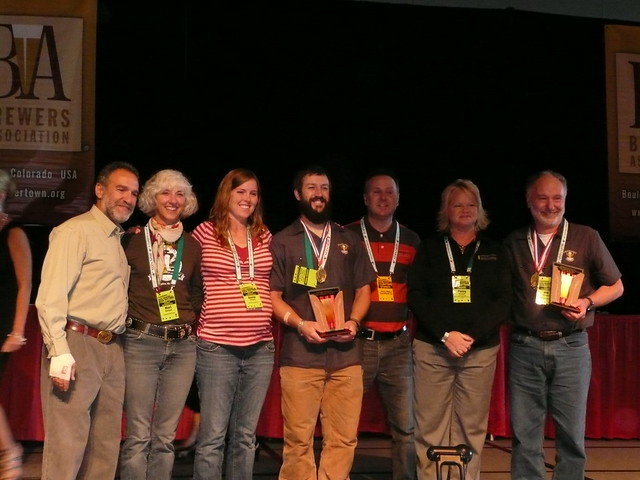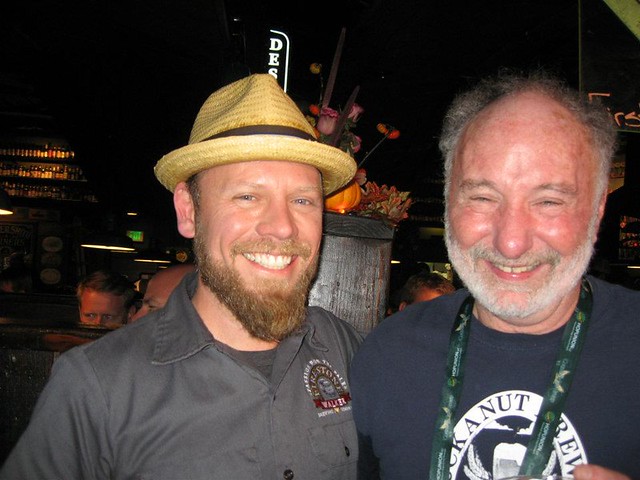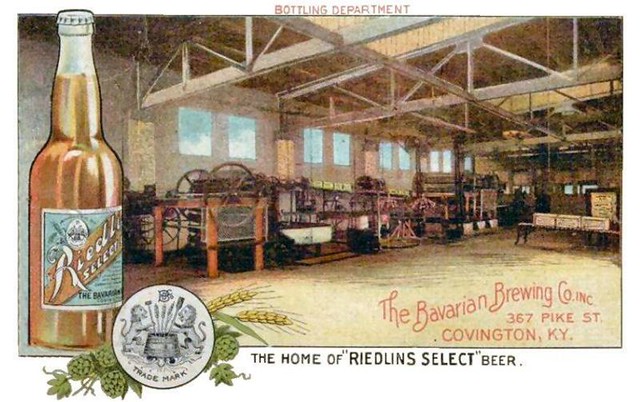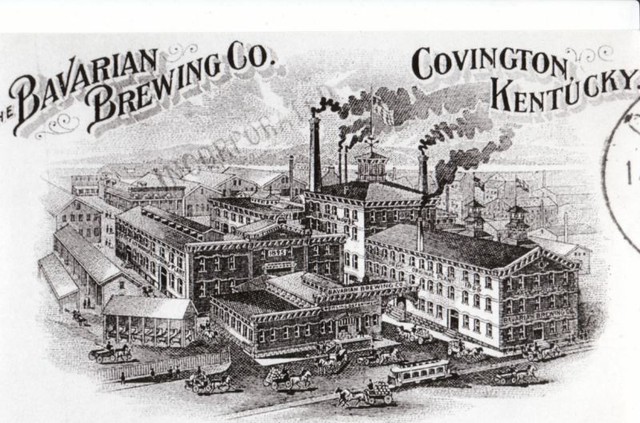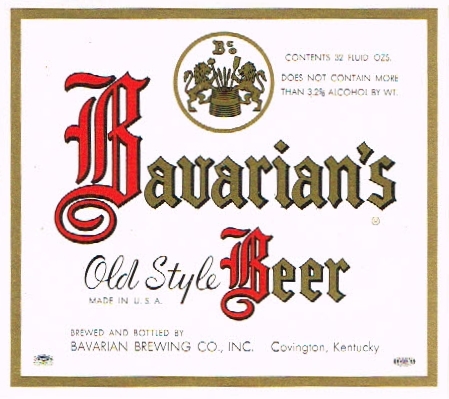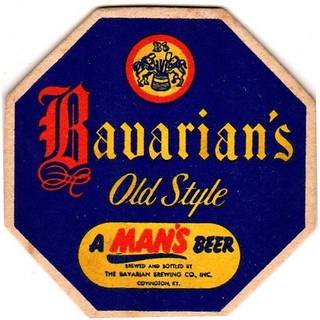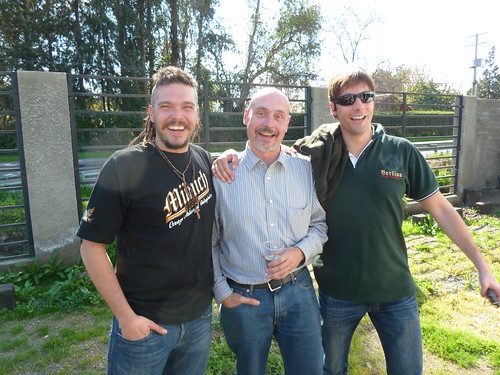![]()
Today is fellow beer writer and blogger extraordinaire Stan Hieronymus’ 76th birthday. Stan’s most recent book is Brewing Local: American-Grown Beer, followed closely by For the Love of Hops and Brewing with Wheat, among many others. He recently moved to Atlanta, Georgia, where he continues to write the Real Beer blog, Beer Therapy, along with Appellation Beer, Beer Travelers, Postcards from a Barstool, and Brew Like a Monk, the blog. Stan is easily one of my favorite people in the industry. Stan does not like being reminded of his birthday, so be sure to join me in wishing Stan a very happy birthday.

Fearing I would run a ten-year old photo of him taken at the Seattle CBC, he sent me this one a couple of years ago. Here’s Stan at Cantillon in Brussels. Thanks, Stan, I like this one, too.

Stan and his family, Daria and Sierra, with their motorhome in our driveway during a brief visit during their trip.
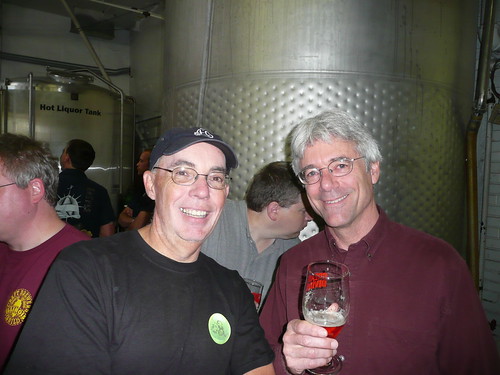
Stan with CCBA director Tom McCormick at Great Divide during GABF week 2009.
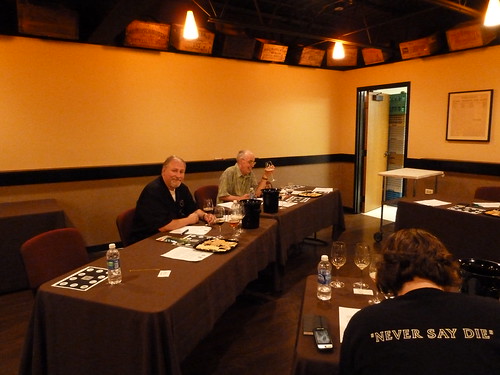
Me and Stan at the grueling World Beer Award judging session in Chicago a number of years ago.

Daniel Bradford, Stan and me on a panel discussion at GABF several years ago.
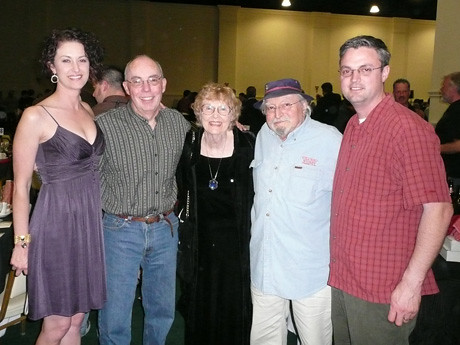
Four out of Five, the Cilurzos and a Stan. From Left: Natalie Cilurzo, Stan, Vinnie’s mother and father, and Vinnie Cilurzo at the World Beer Cup gala dinner in 2008.


